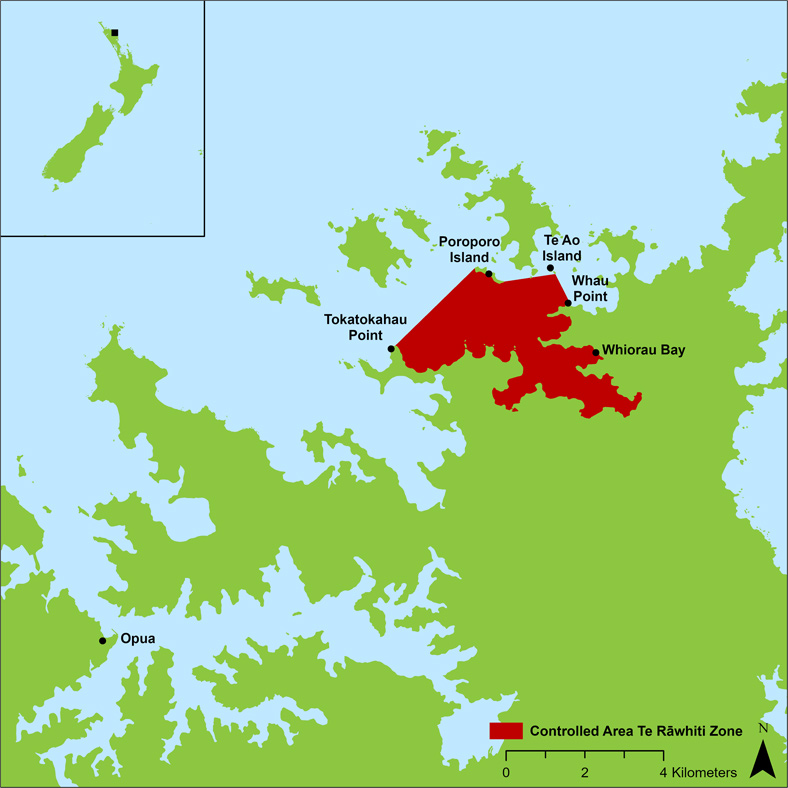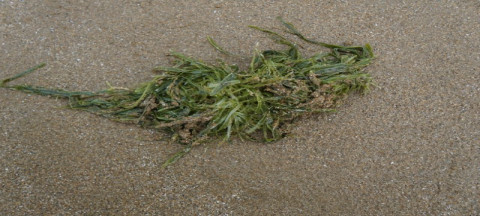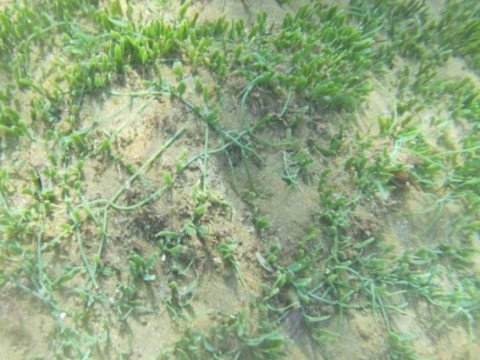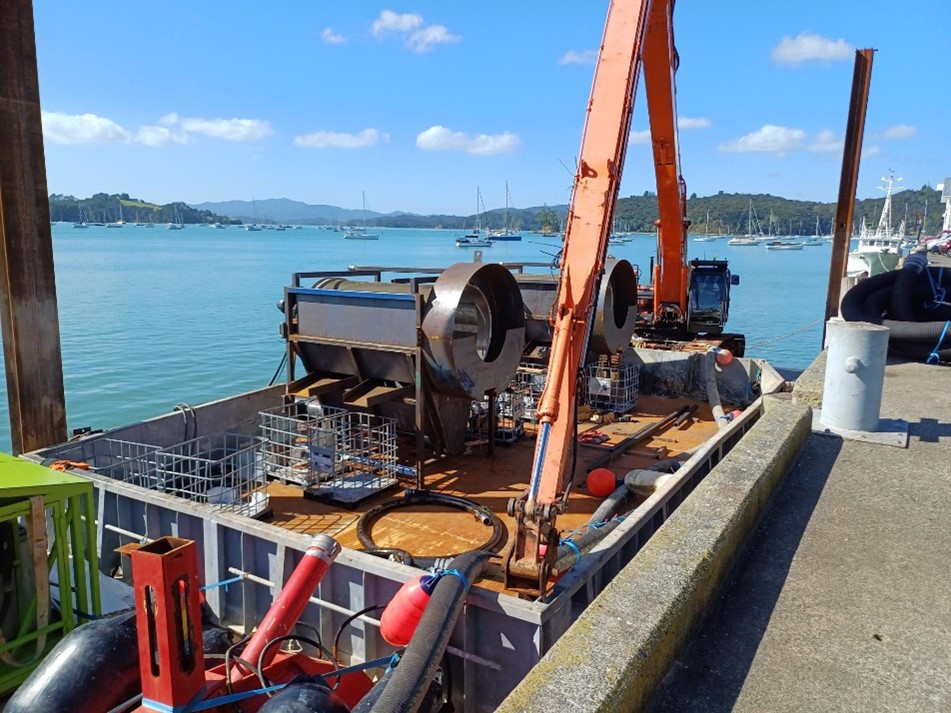Caulerpa situation update May 2024

Exotic (from overseas) caulerpa are rapidly spreading seaweeds that threaten our marine life and recreational, cultural and commercial activities.
Since exotic caulerpa was first found in New Zealand in 2021, there has been a comprehensive effort by Biosecurity New Zealand and partners (mana whenua, regional councils, and the Department of Conservation) to understand the pest and its distribution, prevent it spreading, and explore ways to remove it.
We are dealing with a large incursion and given its scale, eradicating it from New Zealand would be extremely difficult. We are focused on reducing its impact in specific locations by removing or killing it.
Find out about the accelerated programme to fight exotic caulerpa

















